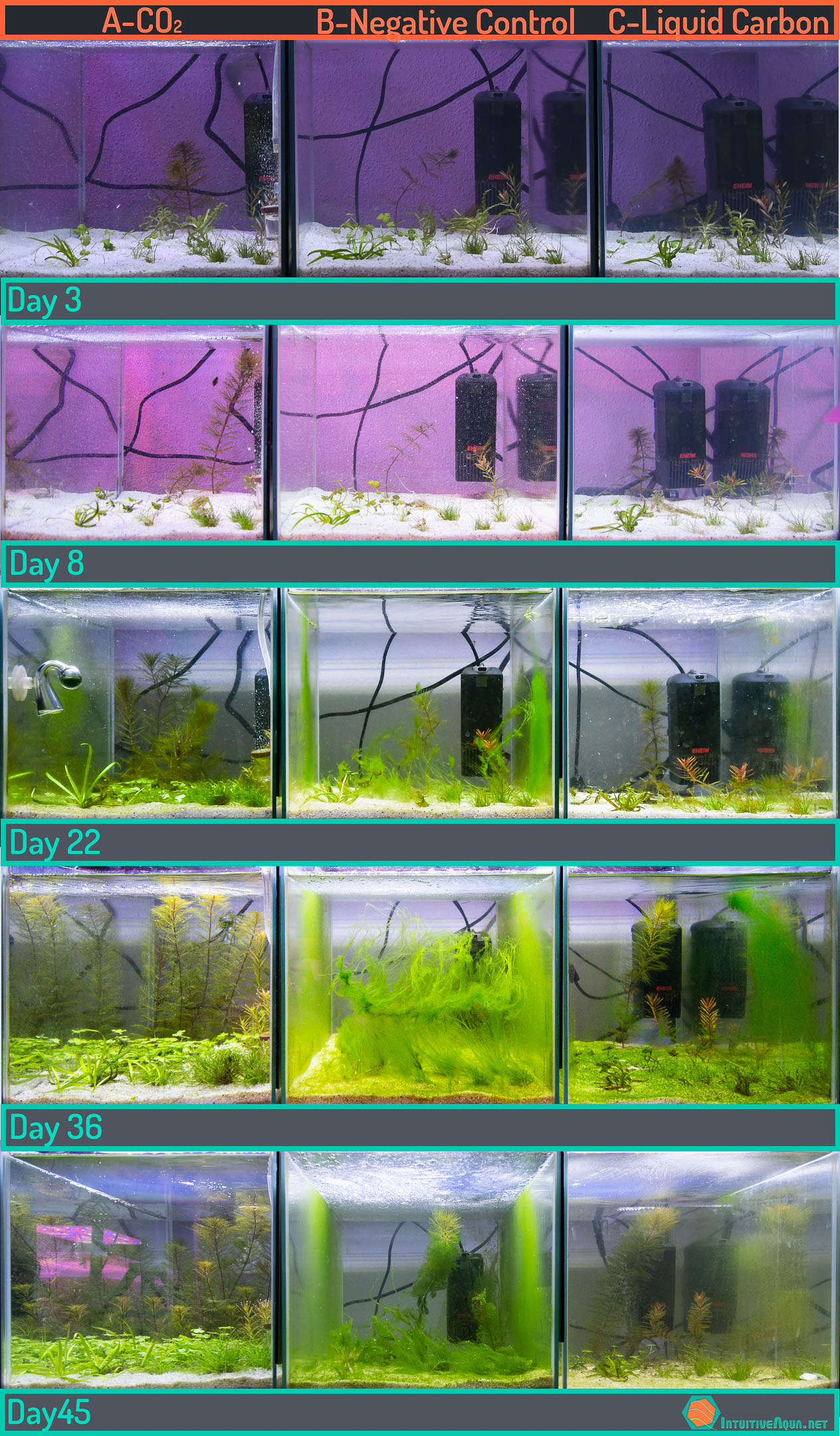DaveWatkin
Member
I know liquid carbon is a well debated subject but I was just wondering out of interest if anyone knows of any experiments of tanks with liquid carbon vs tanks without any CO2 addition?
I see lots of CO2 vs no Co2 and liquid carbon vs pressurised but none on just the effects of adding liquid carbon vs no CO2 which to me would be the best experiment to see if it actually has any effect.
Maybe I just suck a googling, have any of you seen anything?
I see lots of CO2 vs no Co2 and liquid carbon vs pressurised but none on just the effects of adding liquid carbon vs no CO2 which to me would be the best experiment to see if it actually has any effect.
Maybe I just suck a googling, have any of you seen anything?




